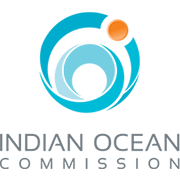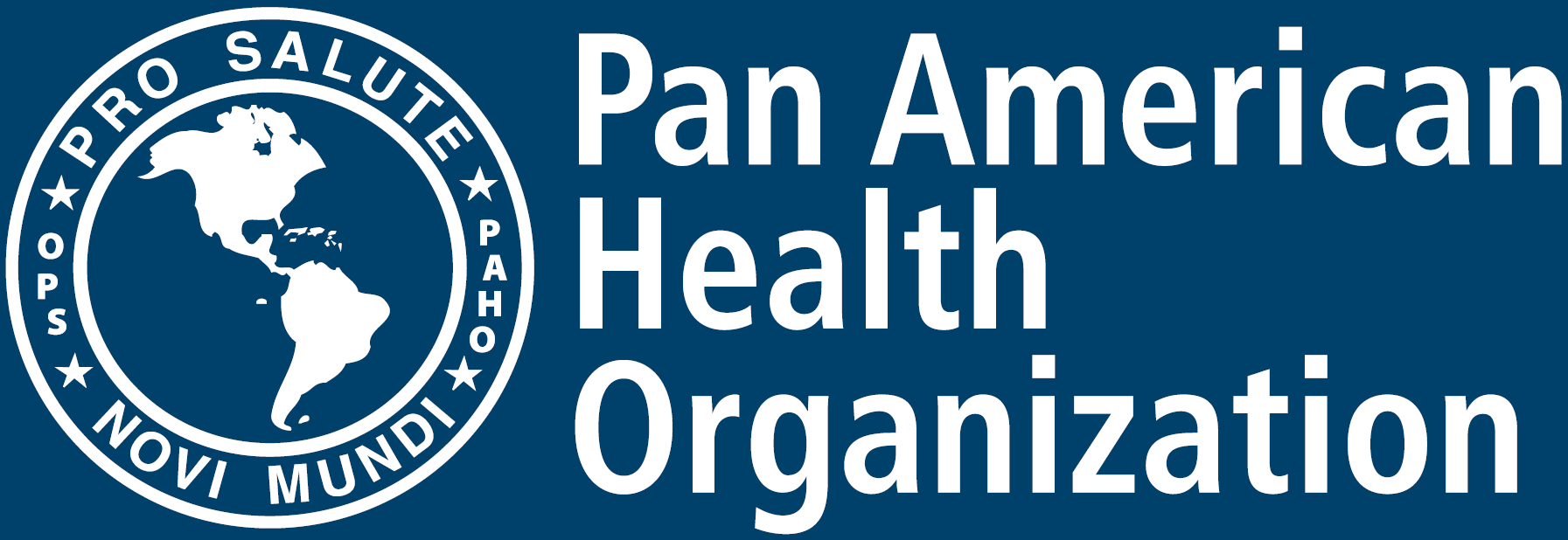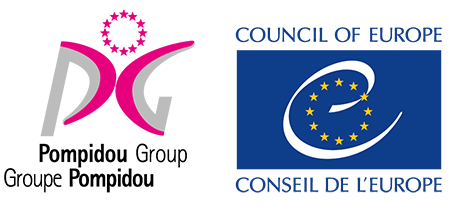The primary goal of the Engaging Youth in Prevention Training Curriculum is to foster youth leadership in drug demand reduction by empowering youth to spearhead prevention initiatives. This curriculum equips youth aged 18 to 26 with knowledge, skills, and strategies to develop and implement comprehensive action plans for prevention initiatives in their communities. Moreover, it encourages participants to collaborate with governmental bodies, civil society, and among themselves to ensure the successful development and implementation of prevention initiatives. Participatory approaches that raise the voices of youths and allow their active and meaningful participation in health promotion activities are increasingly recognized as viable and necessary for preventing health issues. The curriculum is available in English, Spanish and Portuguese.
In 2019, OAS/CICAD supported the Colombo Plan Drug Advisory Programmed with the development of the Engaging Youth in Prevention Training Curriculum. This curriculum was piloted by OAS-CICAD in October 2019 during the 1st Caribbean Youth Forum on Drug Use Prevention and has been disseminated by OAS/CICAD in Latin America and the Caribbean Regions and by Colombo Plan in Africa and Asia.
- Over 400 youth trained from 58 countries
- Four regional Youth Forums on Drug Use Prevention implemented in the Caribbean, Asia, and Africa, and one Global Youth Forum
- Four national trainings in the Engaging Youth in Prevention Training Curriculum implemented in Latin America and the Caribbean
- Youth representatives participating in CICAD regional meetings, expert working group meetings, and attending the Commission on Narcotic Drugs
The Engaging Youth in Drug Use Prevention Training was designed to empower youth with the necessary knowledge and skills to proactively drive positive change and advocate for healthier lifestyles for themselves and their peers in their communities. Beyond introducing youth to substance use prevention and helping them understand the most effective ways of preventing drug use, this 5-day interactive training aims to prepare them to take active part in the various stages of prevention programming, where they can play a crucial and meaningful role.
The Engaging Youth in Prevention Curriculum can be delivered at a national, regional, or global youth forum on drug use prevention or through a national training. Prior to youth forums, youth are expected to design a prevention project, which is refined during the week of training, and implemented after the training concludes.
Additional activities to engage youth in prevention include the following initiatives:
- Training in Media Based Prevention for Youth
The collaboration between youth and media in preventing drug use is a dynamic and effective strategy that capitalizes on the power of communication, creativity, and peer influence. By empowering young individuals to be active contributors to media-driven prevention efforts, we can create a culture that promotes healthier choices and a drug-free lifestyle.
The goal of this training is to empower youth with the knowledge, skills, and tools necessary to lead impactful and evidence-based media campaigns for preventing drug use. By fostering their abilities in communication, creative expression, and peer influence, this training aims to cultivate a generation of proactive contributors to media-driven prevention efforts. Ultimately, the goal is to inspire and equip young individuals to spearhead educational campaigns that dispel myths, convey the risks of drug use accurately, and contribute to the establishment of a cultural shift towards healthier choices and a drug-free lifestyle.
Training is available in English and Spanish.
- Students Against Destructive Decisions (SADD)
This peer-to-peer initiative focuses on empowering students to make positive and informed decisions about issues such as substance abuse, mental health and other destructive behaviors. SADD students lead at the national and state levels, rooted in our school and community-based, peer-to-peer chapters. Key aspects of the SADD model may include education and awareness, peer leadership, community involvement, and advocacy efforts to promote policies and initiatives that support the well-being of young people.
- Build the capacity of youth to take action in drug use prevention and health promotion.
- Foster youth leadership to build strategic alliances with international organizations, youth organizations, government agencies, and civil society partners for advocating youth participation in drug use prevention and health promotion
- Increase youth participation in drug demand reduction through the development and implementation of youth-led initiatives.
- Equip young people with knowledge and skills to focus on a healthy lifestyle for themselves and their peers in their communities.
- Facilitate the development of action plans for drug use prevention initiatives.
Isabella Araújo, Senior Program Officer Demand Reduction Unit, Executive Secretariat of the Inter-American Drug Abuse Control Commission (CICAD), Organization of American States (OAS) E-mail: iaraujo [at] oas [dot] org (iaraujo[at]oas[dot]org)
Dichen Choden, Project Manager Colombo Plan Drug Advisory Program E-mail: dichen [dot] choden [at] colombo-plan [dot] org (dichen[dot]choden[at]colombo-plan[dot]org)




